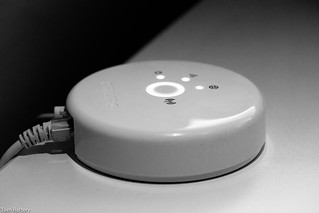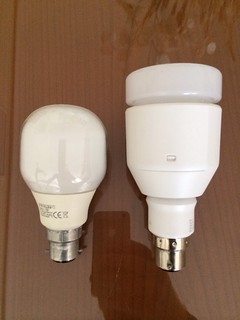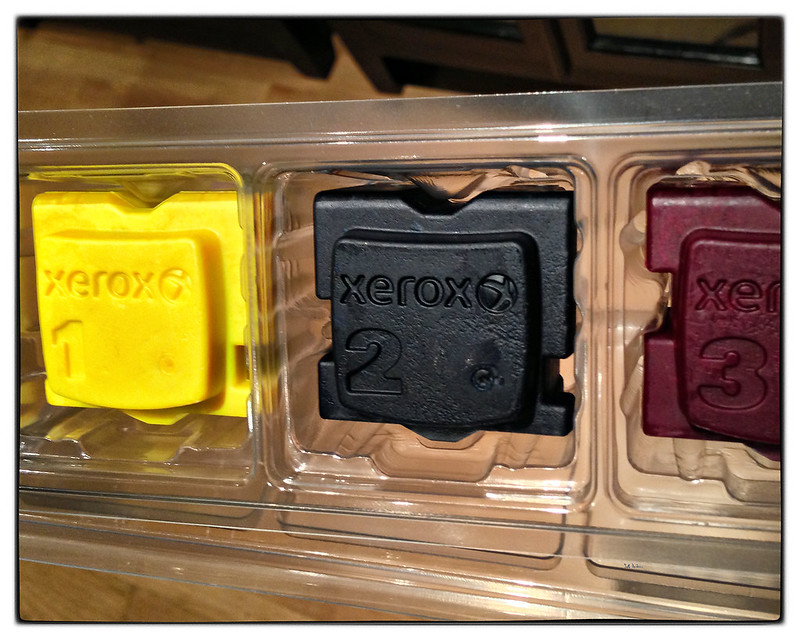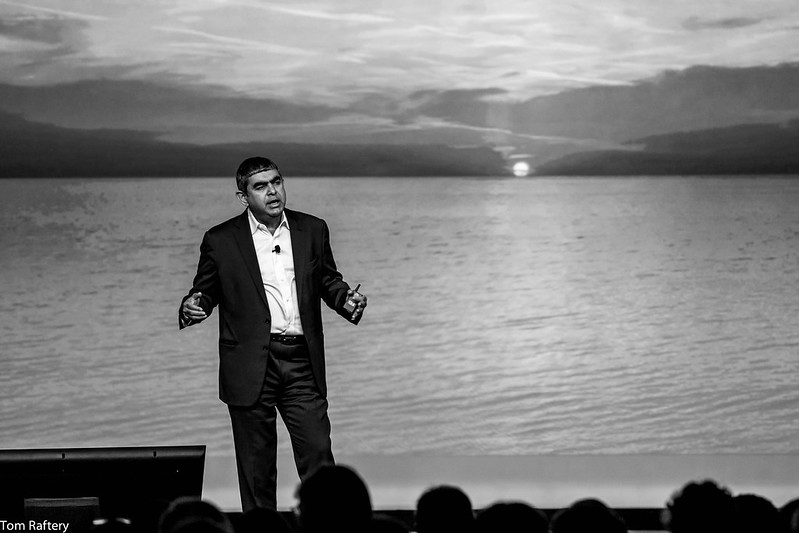In episode 6 of the Technology for Good hangout we had lots to talk about, and I had Mr Chris Adams on with me to co-host. It was, of course, the week of IBM’s Pulse conference, as well as the Mobile World Congress, so there were lots of very exciting stories in the Mobile, Internet of Things, and security spaces, amongst others. The links to the stories are below.
As always, if you know of any stories you think we should cover, or someone we should be talking to, feel free to get in touch (@tomraftery on Twitter, or tom at redmonk.com on good old-fashioned email!).
And, here as promised, are the stories which made the cut for episode 6 of the Technology for Good hangout:
Intro
- The NOAA’s National Climate Data Center released their Global Analysis for 2013 http://www.ncdc.noaa.gov/sotc/global/2013/13
IBM Pulse
- IBM buys nosql startup Cloudant http://gigaom.com/2014/02/24/ibm-buys-nosql-cloud-database-startup-cloudant/
- IBM Service Engage https://www.ibmserviceengage.com/
- IBM BlueMix http://www-01.ibm.com/software/ebusiness/jstart/bluemix/
Security
- OpenID Connect Identity Protocol Launches With Support From Google, Microsoft & Others http://techcrunch.com/2014/02/26/openid-foundation-launches-openid-connect-identity-protocol-with-support-from-google-microsoft-others/
- Treasure trove’ of personal details found http://www.bbc.com/news/technology-26351123
- Energy firm cyber-defence ‘too weak http://www.bbc.co.uk/news/technology-26358042
- Android malware using TOR anonymity network makes a debut http://www.pcworld.com/article/2102080/android-malware-using-tor-anonymity-network-makes-a-debut.html
- MasterCard testing security feature that okays purchases based on phone location http://www.engadget.com/2014/02/25/mastercard-security-phone-location/
- Optic Nerve: millions of Yahoo webcam images intercepted by GCHQ http://www.theguardian.com/world/2014/feb/27/gchq-nsa-webcam-images-internet-yahoo
- To see if you’ve been hacked – HaveIBeenPawned https://haveibeenpwned.com/
Mobile
- The Fingerprint Scanner On The Samsung Galaxy S5 Will Be Accessible By Developers http://techcrunch.com/2014/02/26/the-fingerprint-scanner-on-the-samsung-galaxy-s5-will-be-accessible-by-developers/
- Lock up your digital valuables with Latch, the digital padlock http://www.theguardian.com/technology/2014/feb/26/digital-valuables-latch-digital-padlock
- Samsung unveils hexa-core and 2.1 GHz octa-core Exynos chips http://androidcommunity.com/samsung-unveils-hexa-core-and-2-1-ghz-octa-core-exynos-chips-20140225/
- LINE takes on Skype and Hangouts with new, cheap, Call service http://www.engadget.com/2014/02/26/line-call-voice-service/
- Google Quietly Begins Pushing Its Photo Backup Software To Google+ Users http://techcrunch.com/2014/02/25/google-quietly-begins-pushing-its-photo-backup-software-to-google-users/
- EA founder Trip Hawkins raises $6.5m for If You Can learning games http://www.theguardian.com/technology/2014/feb/26/trip-hawkins-if-you-can-games
- Even your toothbrush could be ‘connected’ http://www.smartplanet.com/blog/bulletin/even-your-toothbrush-could-be-connected/
Heavy Industry
- Blowing Up: Tesla’s Gigafactory Is Going To Revolutionize The Auto And Utility Industries http://www.forbes.com/sites/markrogowsky/2014/02/26/blowing-up-teslas-gigafactory-is-going-to-revolutionize-the-auto-and-utility-industries/
- Rolls-Royce Drone Ships Challenge $375 Billion Industry: Freight http://www.bloomberg.com/news/2014-02-25/rolls-royce-drone-ships-challenge-375-billion-industry-freight.html
- 747s as flying Unix hosts: SCADA in the sky http://boingboing.net/2011/09/25/747s-as-flying-unix-hosts-scada-in-the-sky.html
America
- Apple to Arizona: Anti-gay bill puts Mesa sapphire plant at risk http://tech.fortune.cnn.com/2014/02/25/apple-arizona-gay-discrimination/
- Arizona governor vetoes anti-gay bill passed by right-wing legislature http://www.theguardian.com/world/2014/feb/27/arizona-governor-vetoes-anti-gay-bill
- The minority report: Chicago’s new police computer predicts crimes, but is it racist? http://www.theverge.com/2014/2/19/5419854/the-minority-report-this-computer-predicts-crime-but-is-it-racist
Misc
- New online tool tracks tree loss in ‘near real time’ http://www.bbc.com/news/science-environment-26287137
- Facebook-Led Internet.org Partners With Nokia On SocialEDU In Rwanda, Unilever In India, Ericsson On New Lab To Connect Developing Economies http://techcrunch.com/2014/02/24/facebook-led-internet-org-partners-with-nokia-on-socialedu-in-rwanda-unilever-in-india-ericsson-on-new-lab-to-connect-developing-economies/







